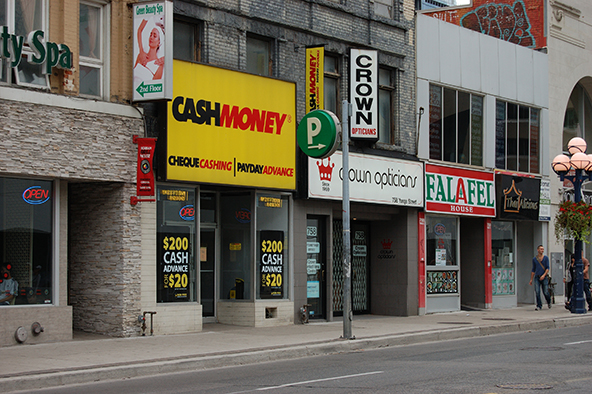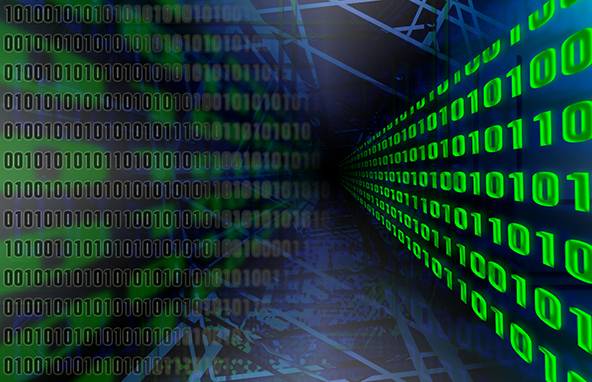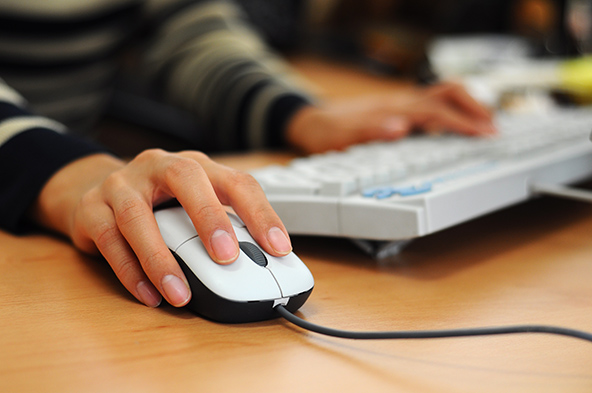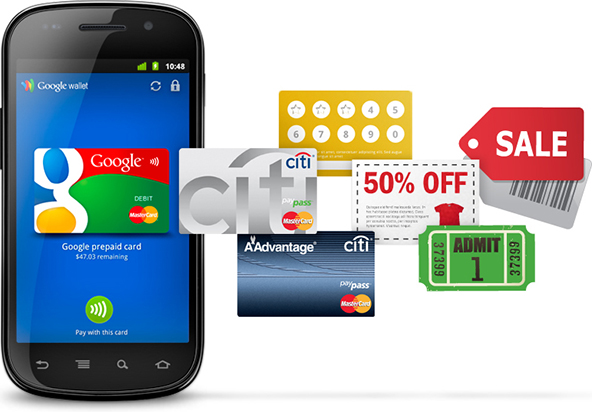The Unbanked Are Better Paid than You May Think

That is the main takeaway I had from a new report on the U.S. unbanked population, released last week by Javelin Strategy and Research, a consultancy. I wasn’t exactly surprised by the finding, as a Federal Reserve survey from earlier this year had already indicated rather strongly that being unbanked is more often a matter of personal choice than one of forced necessity. Still, the average income statistic in the Javelin survey was higher than I would have anticipated.
There are other interesting statistics in the survey, although none of them is quite as striking as the unbanked income average, so it’s worth taking a look at it. Alternatively, in case you don’t want to part with $1,500 (which is how much you would have to pay for the report), you could read an American Banker interview with Mary Monahan, a Javelin executive and one of the survey’s authors. Let’s see what we can make of her findings.
Unbanked vs. Underbanked Consumers
Now, before we get going, we need to get the definitions straight. Javelin defines the underbanked as “those without a checking account and often without a primary financial institution relationship,” but they may have a prepaid card. If they didn’t have a prepaid card, by this definition, these consumers would have been unbanked. The problem with this definition is that it treats prepaid cards as equal to traditional banking services, which they manifestly are not.
I prefer the Federal Reserve’s definition (used, for example, here), according to which unbanked are consumers without a “checking, savings, or money market account” and underbanked are consumers who have one of these accounts, but who also use an “alternative financial service” of which category prepaid cards are a prime example. So Javelin’s underbanked are, in fact, the Federal Reserve’s unbanked.
However, to avoid confusion, I will stick to Javelin’s definitions for the remainder of this article.
The Data
Bank taxonomy issues aside, there are plenty of Americans who are not using any form of a traditional banking service — 15 percent of the adult population, according to Javelin. I should mention that surveyed are only consumers with mobile phones. Given that 88 percent of Americans are cell phone users and the remaining 12 percent are predominantly older people, the surveyed as a group should be a fairly representative of the working-age population as a whole.
Now here is the most interesting stat: the income of the average American underbanked consumer, as of June 2011, was $52,000, Javelin tells us. Although considerably lower than the $73,000 average for all of the surveyed consumers, that is an unexpectedly high number, especially when considering that more than a third of the underbanked — 36 percent — are 18 to 24 years old, which means that they are either still in college or at the very beginning of their professional careers and so have no income or it is lower than their older work colleagues’ income.
Other stats are less surprising. We learn, for example, that:
- The unemployment rate among the underbanked is 12 percent, compared to just over 8 percent for the population as a whole.
- Immigrants are much more likely to be underbanked than residents.
- Underbanked consumers are twice as likely to send wire transfers as all consumers, and three times as likely use remittances.
- 60 percent of underbanked consumers have access to computers and 34 percent of them use broadband internet connection. The corresponding numbers for the larger population are 72 percent and 59 percent.
As I said, these are all stats you would expect to see in such a survey.
The Takeaway
I see the unexpectedly high average income of the underbanked in Javelin’s survey as a strong confirmation of the findings of the Federal Reserve survey to which I referred earlier in this article. The Fed study had found that only 10 percent of the underbanked and unbanked consumers had found themselves in this situation because no bank would give them an account. Most others had given a personal reason of some sort, top of which — chosen by 24 percent of the respondents — was “I don’t like dealing with banks.”
Whatever their reasons, fortunately for the underbanked now is a better time than ever to be using prepaid cards and other alternative payment services. New technologies and regulatory realities are making them both more easily accessible and cheaper than ever before. Yet, traditional banking services are still the far better option and are likely to remain so for a long time to come.
Image credit: Wikimedia Commons.


